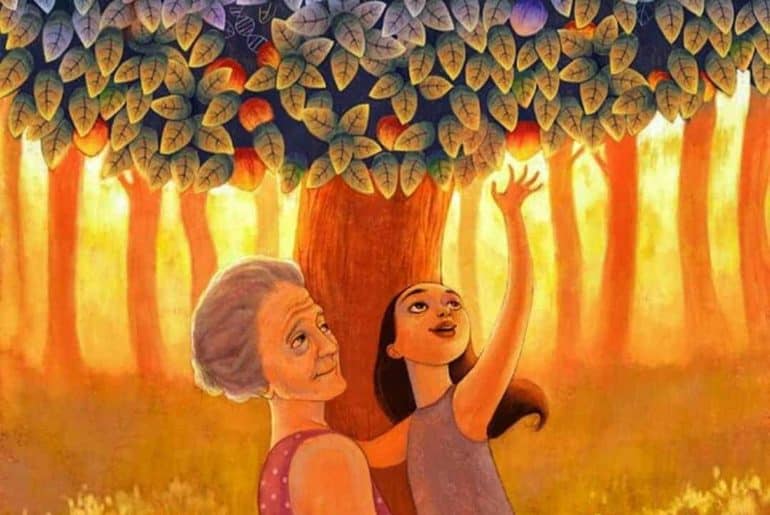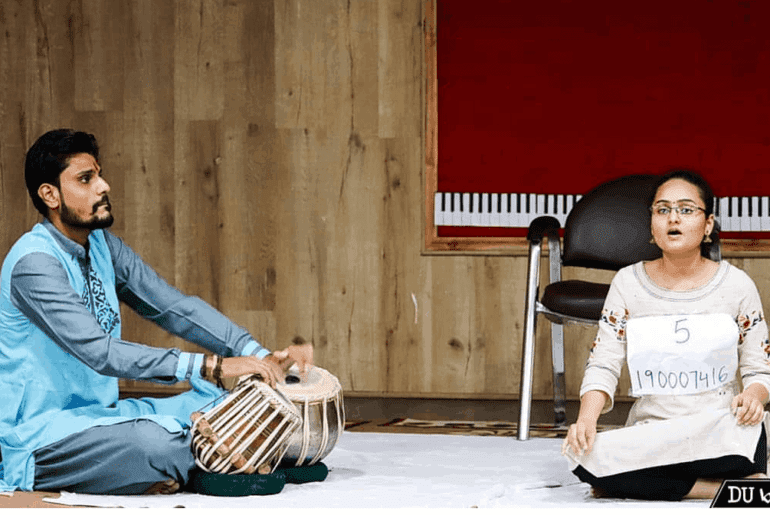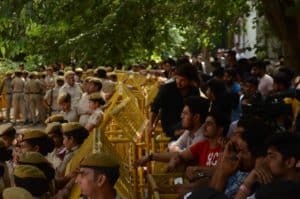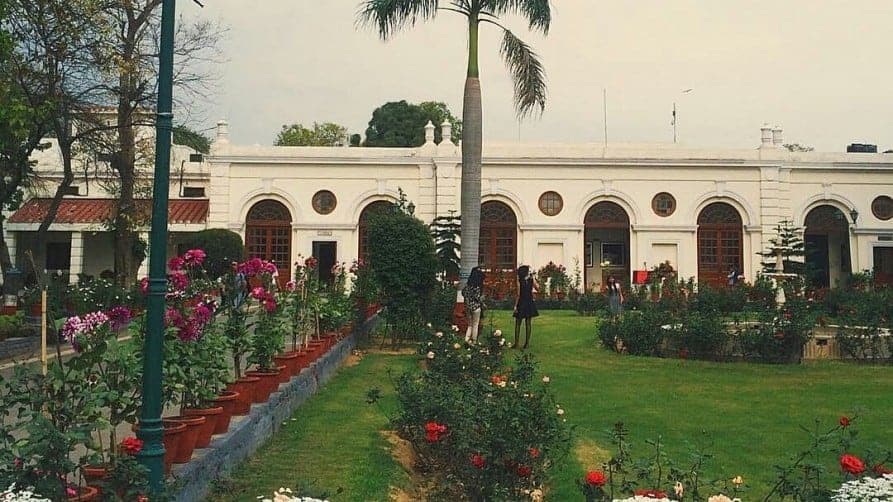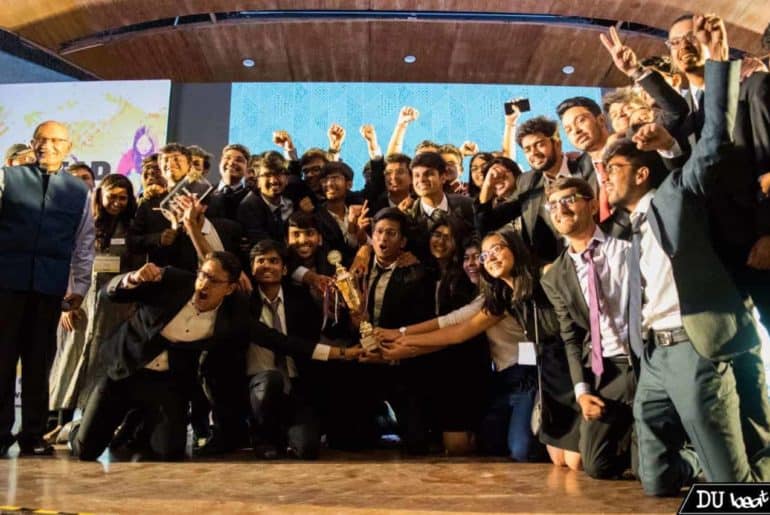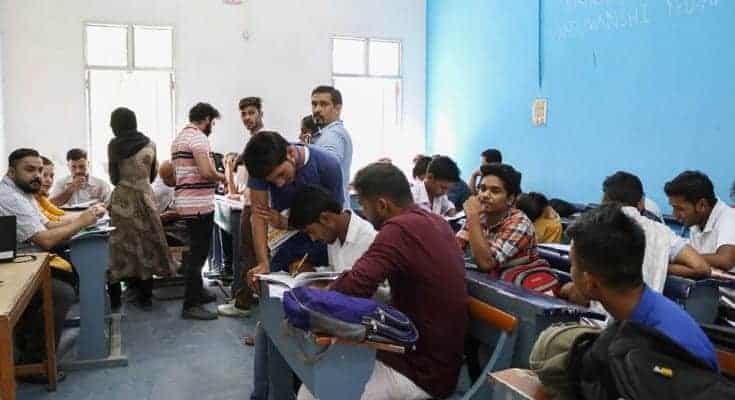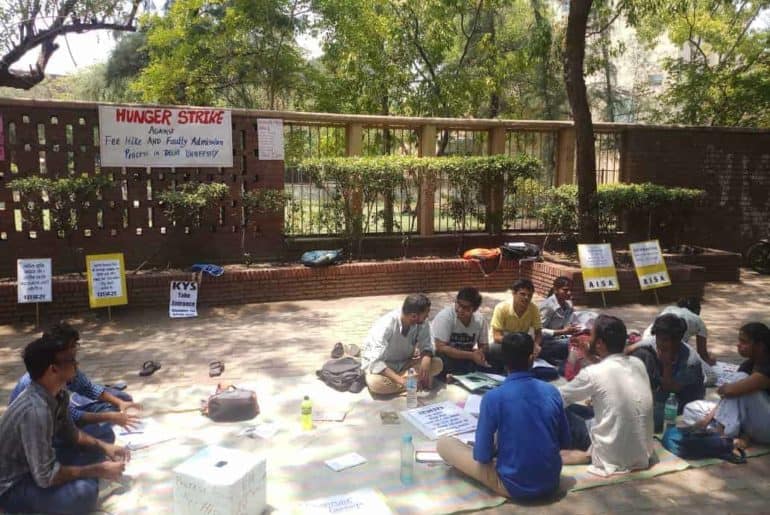Different films have been loved and hated over the years for different reason,s and by different people. What remains standing over the years is the debate over Movies versus Morality.
Movies are called a basic source of entertainment; couples watch Romantic-comedies for their movie dates, families enjoy Dramatic-comedies for their family outings, and a group of friends go out to watch their favourite fantasy franchise films that come out. An average middle-class family spends 200 bucks per ticket for plain and pure entertainment purpose, so in this scenario does morality even play a part?
How does it affect a cinemagoer that the film they are watching is regressive, politically or socially incorrect, and offensive to a section of people, misogynistic or plain problematic? The bitter truth is that it doesn’t. We go watch a comedy movie which uses derogatory slangs, laugh at these “jokes”, have a gala time and come back unaffected. Some films fat shame, some are insensitive towards the LGBTQ+ community, while some just do not evoke a sense of diversity, but they are still loved and famous. Old classics like Kabhi Khushi Kabhi Gham or Pretty Woman are good examples of such films.
Even recent Bollywood Rom-coms or Dramedies like Lukka Chuppi or De De Pyaar De use derogatory slurs to invoke humour. Many found them funny, they did well on the box-office and the question remained the same, should these films be given the benefit of the doubt for the sake of humour?
The obvious answer is no, some might say otherwise, that comedy requires one to be free of judgement and in doing so, they perpetuate societal stigmas. But anything that does not respect one’s identity is not funny, it is just problematic. I was six when my family went to watch Partner in the multiplex. It came out in 2007 and the experience was fun: the over-priced pop corn, large screen, the whole family together watching a funny movie. At the age of six I laughed at a grown male pretending to be a transgender to enter into a wedding as a wedding planner and this stereotypical representation engrained in my brain. The process of unlearning began early for me to understand that this representation is problematic but, for many this remains funny forever.
Unlike the popular notions, films like The Big Sick, Always Be My Maybe and Bareilly Ki Barfi prove that simpler narratives can also remain funny and distinct without depicting anything blatantly wrong. The former two get representation of diverse American population right, while the latter uses societal norms to critique the basics of our upbringing while remaining funny.
Many critics comment that not all films can have a moral base, the target audience matters along with the budgeting and production. All that remaining, I wonder why many cannot even try to put an effort to get the basics right. Yes, every film cannot be a Raazi, Piku or a Pink but the basics of being funny without hurting any sentiments, that is not a lot to achieve, specially when many shows, movies, and short films already have.
Feature Image Credits: IMDB
Sakshi Arora


